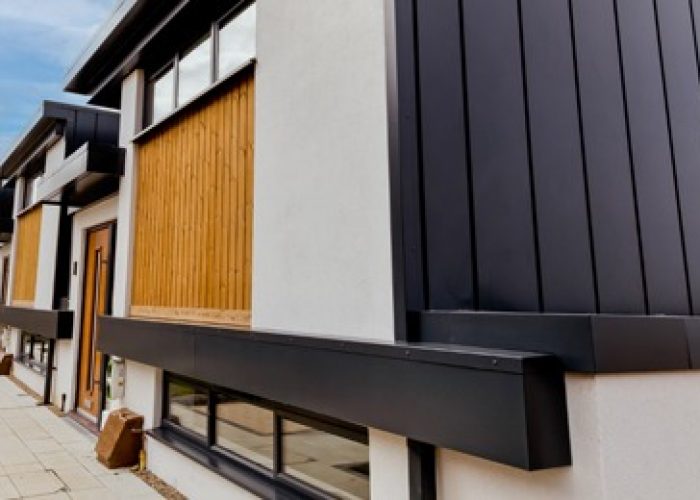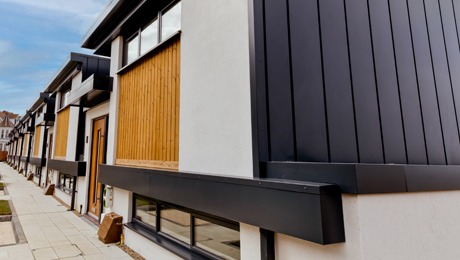Does “sustainable” have to mean “costly”?
May 13, 2021
Given two choices, would a product’s green credentials sway a buying decision? For many years, the influencing factor in the building industry has always been cost. But with climate change now being classified as an emergency and the price of plastic skyrocketing, could the environmental cost become one of the most critical factors?
In the construction industry, there is a perception that environmentally friendly products are more expensive, and roofline products are no exception to that. Plastic -or PVCu- is the most commonly used material in rainwater products, such as guttering, and is perceived as the cheapest solution. But that is changing.
Plastic prices have soared in recent times amid raw material shortages, escalating energy costs, and a rebound in the crude oil which the plastic resins are derived from also adding to the upward pressure on prices.
February this year saw record price rises across the globe, with suppliers of plastic guttering forced to hike prices accordingly. This makes the price differential between plastic and metal systems smaller than ever – with metal systems costing a much lower price to the planet.
There are hidden lifetime costs to plastic guttering, too – not least that its expected life is only 15–25 years, whereas other roofing materials, such as tiles, are expected to last 50–60 years. Finally, and most damming, plastic guttering will almost certainly find its way into a landfill at the end of its functional life.
The construction industry has a plastic problem
A 50,000 tonne per annum problem with plastic packaging alone. It’s fair to say that the sector has not been the quickest on the uptake with the reduce, reuse, recycle agenda. In fact, the launch of the Considerate Constructors Scheme (CCS) “Spotlight on … plastics and packaging” campaign recently threw up some shocking statistics:
- The construction industry consumes 23% of plastic produced in the UK
- 25% of construction packaging waste by weight is plastic
- 3x more packaging waste is produced by construction than all UK households combined
- 25% of skips that leave site during the construction phase are filled with disposable packaging, including cardboard, timber and plastic
Aluminium guttering is a practical alternative to plastic
Properly maintained, aluminium guttering could give a functional life of up to 60 years, and at the end of that long and useful life, it is fully recycled.
When the old Wembley Stadium was demolished, 96% of the aluminium was collected and recycled.
As one of the most widely available elements in the world, aluminium is the perfect material for today’s circular economy: it can be easily and efficiently 100% recycled over and over once it reaches the end of its useful life with no loss of properties.

Fun fact: 75% of all aluminium produced since the 1880s is still in use, maybe not in its original form, but still in use.
Of course, the real cost savings are seen over the whole life of any product. While PVC guttering must be discarded after 15-20 years, aluminium is still strong.
In most situations, plastic gutters require the joints to be replaced approximately every 5-7 years, and the system will last around 15-20 years.
According to The National Schedule of Rates 2019 (NSR Management), the cost of stripping out and repairing a 101mm gutter connector is £17.57 or £21.71 for 131mm for every gutter joint. Add in scaffolding and labour costs, and that starts to mount up.
If you are looking to achieve a reduced carbon impact on capital works and reactive maintenance programs, changing from plastic guttering to aluminium provides a quick win for the planet.
If you’d like to find out more about aluminium as the cost-effective green choice for your next project, contact us today on 0116 289 4400 or request a quote.
